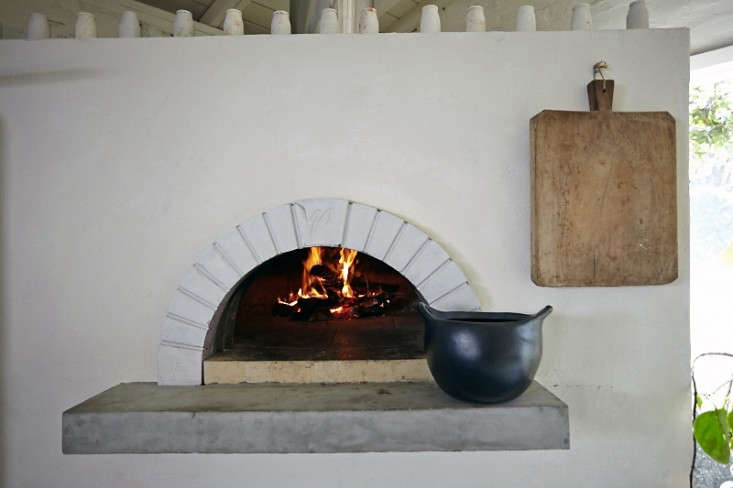Winter in New England comes suddenly. We’ve already had our first snow in Rhode Island. It took us by surprise, and only those with a fully stocked wood pile were ready to battle the cold. Learning to build a long-lasting, eco-friendly fire is a right of passage for us cold-weather folks; here are the top tips and tricks that I’ve learned over the years of battling the cold.

With a wood-burning fireplace, it’s important to minimize the pollution and health risks associated with woodsmoke.
On a recent visit to a friend who lives on a plot of heavily wooded land, my family and I received a helpful tutorial on collecting firewood. We usually buy our firewood from local farms, but this time we involved the whole family in stocking our wood pile.

Above: Photograph by Sarah Jagger.
The kids loved the chore and ended up being very helpful when it came to finding kindling and smaller pieces of wood. We were instructed to gather hard woods–such as maple, oak, ash, and beech–to use for the main logs because they burn hot. A hot fire is going to produce less particulate emissions and soot than a cool burning fire, making it more efficient and eco-friendly.

The key to great firewood is to find the proper wood and let it dry completely, ideally for a year (this is called seasoning the wood). Freshly cut green wood has a moisture content of 100 percent, meaning half the weight of the wood is water, whereas seasoned wood has a moisture content of 20 percent. Wet wood will produce a very smoky fire, which means increased particulate matter (not great for your lungs) and less heat.
The key to seasoning your wood is to leave green wood stacked in an area safe from rain, with the top covered and the sides open to allow the airflow. Make sure to store your wood off the ground–pallets are great for that.

Above: Photograph by Christine Chitnis for Gardenista.
There are two categories besides wood that are useful to know about when starting a fire; tinder and kindling. Tinder is small shreds of material that burn hot quickly and allow the kindling to catch fire. Kindling is larger and, while still burning hot quickly, burns longer to allow the wood to catch fire.
Above: A Kindling Sack made of jute is $23.99 from Williams-Sonoma.
Tinder isn’t always necessary, but can be helpful when trying to start a fire in difficult conditions (this goes for campfires). You can use fabric lint, pine needles, leaves, twigs, or moss–all of which need to be very dry. Kindling is always a necessity when starting a fire because it helps the large logs catch fire. Newspaper, dry twigs, small pieces of firewood, and dry pine cones make great kindling.

Above: Photograph by Sarah Jagger for Gardenista.
To build a fire: Start by crumpling newspaper and sticking it under the grate in your fireplace. Place your kindling on the grate in an X shape. Now take two logs and place them horizontally on the grate, over the kindling. Take a third log and place it atop the other two, diagonally.
For bonus points, you can put the used end of a beeswax candle on top of your logs (this will make for a great-smelling fire, and is a nice way to use up those odds and ends of used candlesticks).
Above: A Match Strike and Keeper is $60 from Canoe. For more, see 10 Vintage-Style Matches and Matchboxes on Remodelista.
Now you are ready to light your fire. Using matches, light the newspaper in three different spots– the goal is for the kindling to catch–and from there, the logs will go next.

Above: Photograph by Sarah Jagger for Gardenista.
For more about wood fires and fireplaces, see:
- Domestic Dispatches: Goodbye to the Romance of the Hearth
- 10 Easy Pieces: Freestanding Wood Stoves
- 10 Easy Pieces: Firewood Log Carriers











Have a Question or Comment About This Post?
Join the conversation